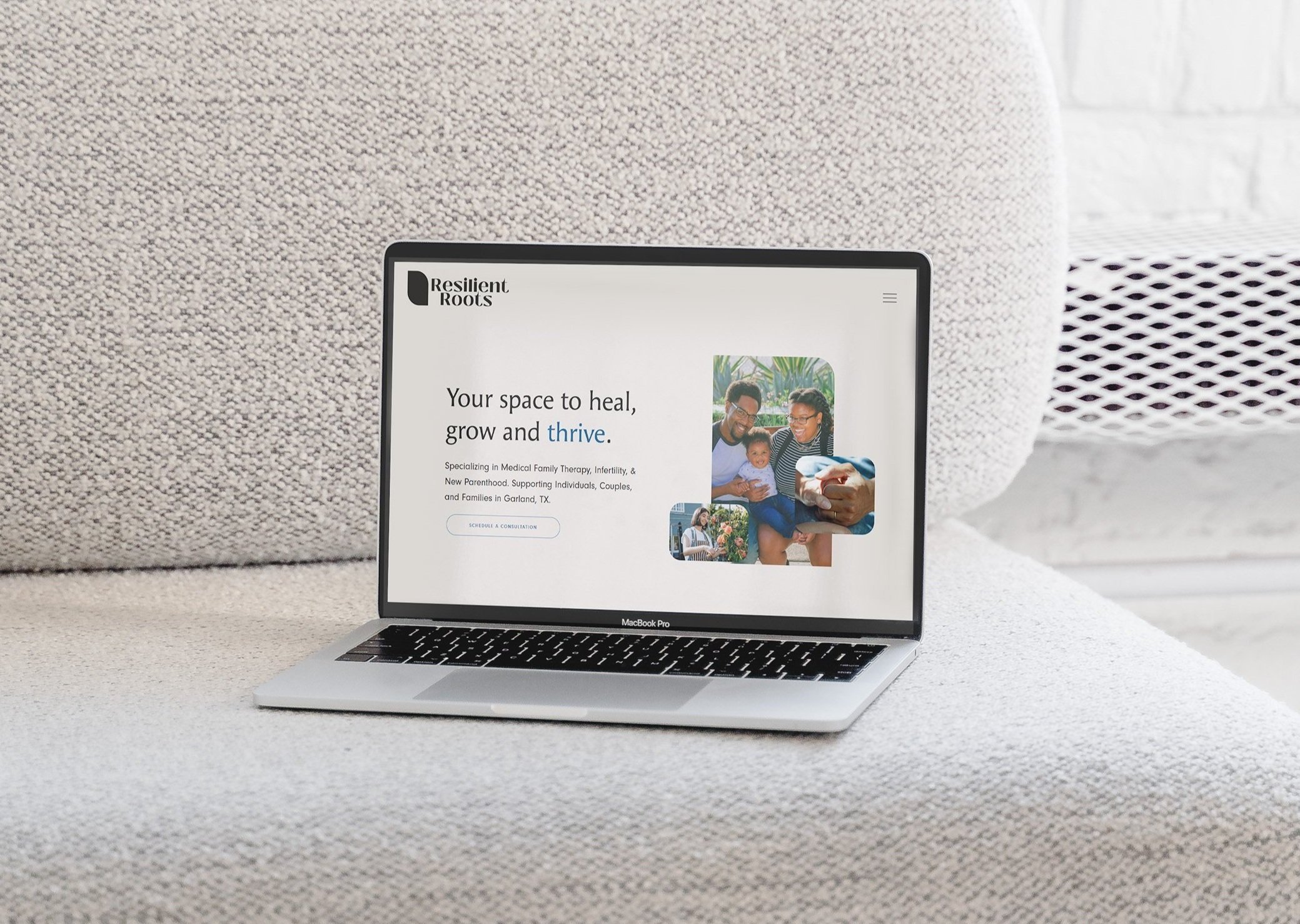Using “Calls to Action” to Make Your Website More Engaging
Every page on your website needs a “call to action.”
Today we’re talking about what they are, why you need 'em, and where to put them on your website!
What is a “call to action”?
A call to action (or CTA) is a simple phrase that tells your visitor what you’d like them to do next.
You have seen them before. If you look at any major website, they say things like:
“Get started.” “Book now.” “Join today." “Subscribe."
But it's not just major brands that need them. Therapists need them too.
Why do we need calls to action on our website?
The main job of your website is to have your ideal client understand that you’re the right fit and then contact you. Right?
So all of your core website content should guide them towards that action!
Think of what that's like from a visitor's perspective:
They have clicked onto one of your pages. They are resonating with it, like “Yes! This is me! This is exactly what I ‘ve been looking for.”
Then they get to the end of the page and there's just…nothing.
This creates friction. It forces your potential client to have to search around to figure out how to work with you.
A simple call to action eliminates friction by helping your client know what to do next.
There are two kinds of calls to action.
Primary Call to Action
Do not skip a Primary Call to Action! This is the main thing you want your visitor to do (usually it will be to contact you).
Primary CTA Examples:
Get in touch for your free consultation
Contact us to get started
Connect with me
Start today
Secondary Call to Action
Secondary Calls to Action help people who aren't quite ready to contact you–yet.
They help the person get more ready by:
Giving them more information by going deeper with your content
Helping them stay in touch with you so you stay top-of-min
Secondary CTA Examples:
Discover our services
Know more about me
Take my free workshop
Join my newsletter
Follow me on social
Where do you put calls to action?
Primary calls to action should definitely go:
At the end of every single core page of your website (Home, About, Services)
They can go at the very top of the page (for example with a button)
They can also be sprinkled throughout the page
Secondary calls to action can go:
I like to have at least one on every core page that links to another relevant page of your site. Like “Find out more about me” “See our couples therapy options” “Learn more about trauma focused therapy” etc.
In your website footer (the very bottom of your website) you can put things like a newsletter sign up or a social media preview gallery
👀 And speaking of calls to action….
Get a therapist website template with everything you need built right in!
Explore our Therapy Website Templates.




















